From Nov. 21 to March 2024, the War Remnants Museum in Ho Chi Minh City presents "Remembrances of Resistance Days," featuring 177 historical pieces reflecting Vietnam's indefatigability during the U.S. resistance.
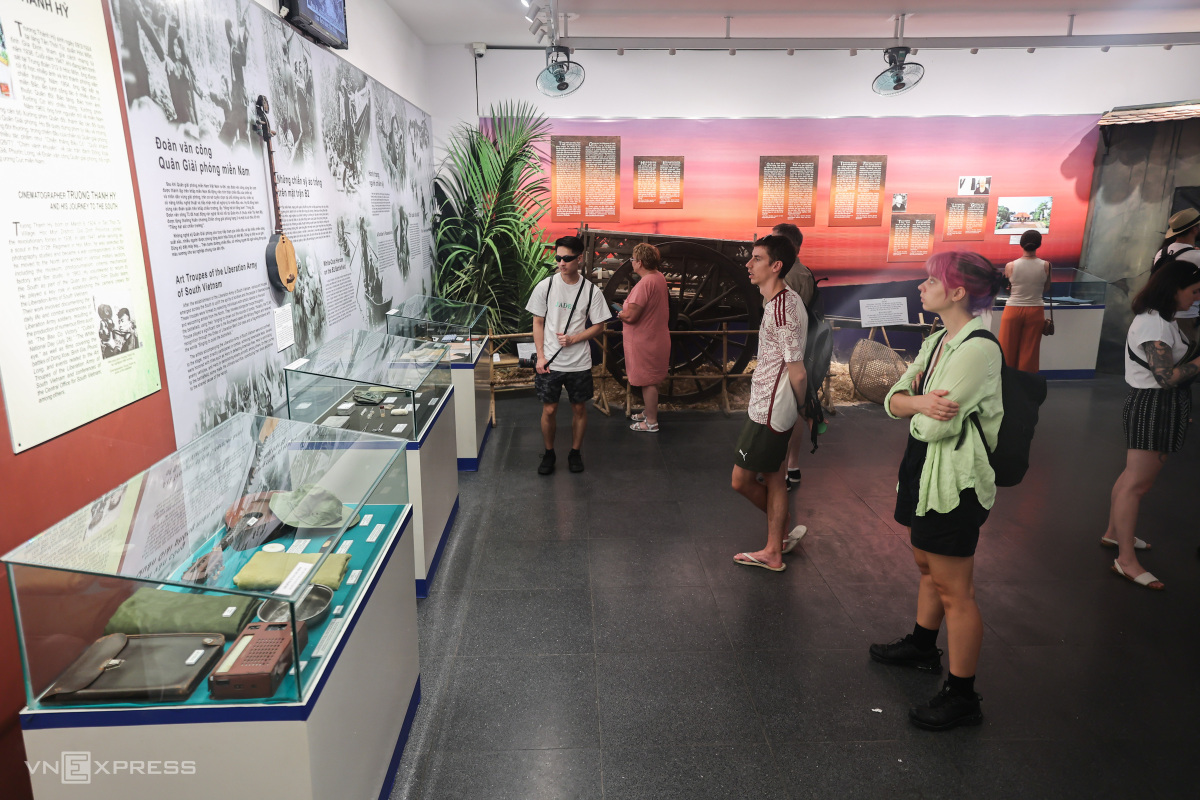
These artifacts include the personal belongings of generals, veterans, and prisoners from various fronts, including military troupes of the Southern Liberation Army, female soldiers, medical staff, and war correspondents.
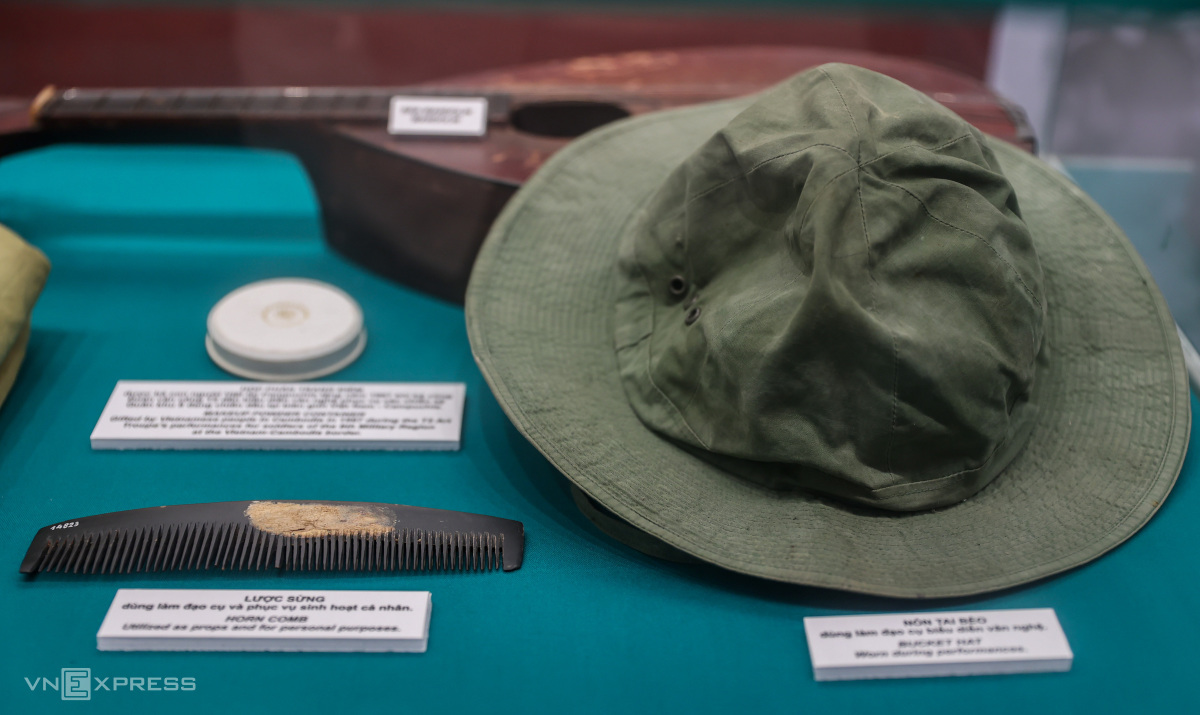
Soldier Nguyen Thi Phuong Thanh's bucket hat, alongside a comb, a guitar, and clothes, encapsulate some of her experiences from 1965 to 1975.
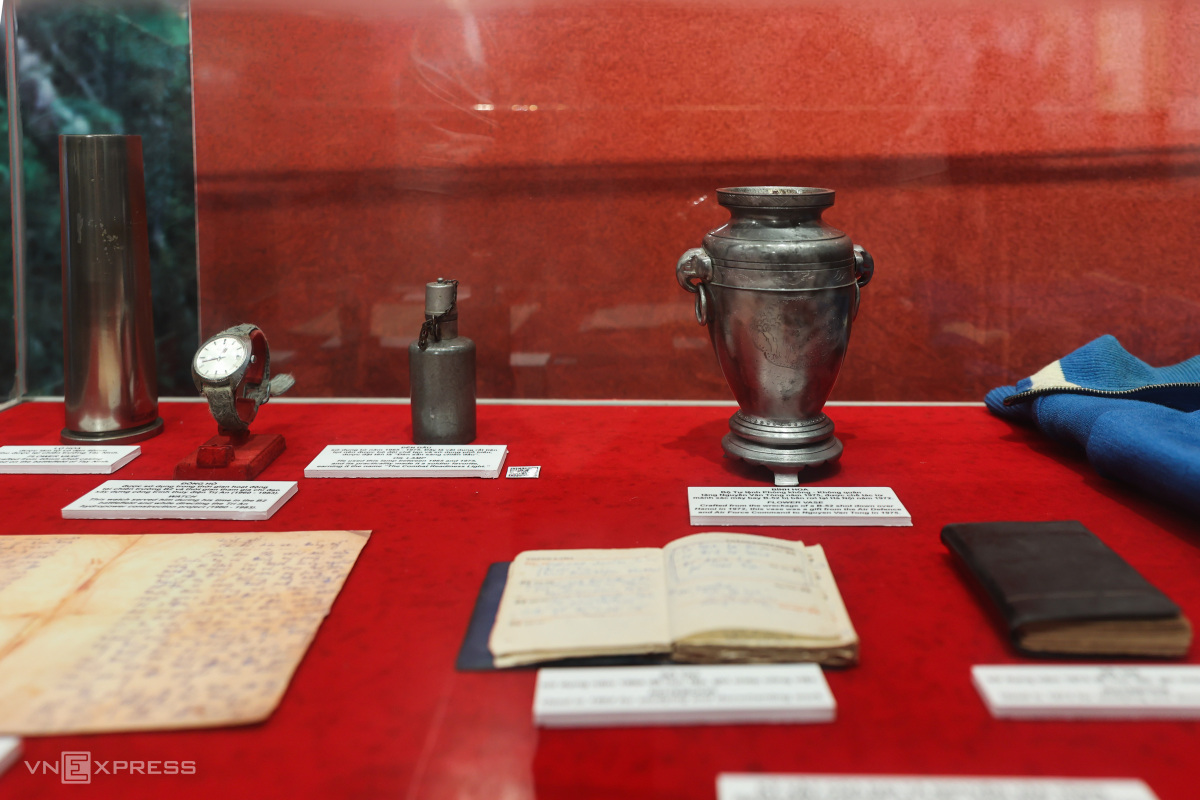
The exhibit highlights other everyday items used by resistance fighters such as vases, oil lamps, watches, and notebooks, giving a glimpse into the lives of commanders, leaders, and generals of freedom fighting organizations in the southern region of Vietnam during the revolutionary period.
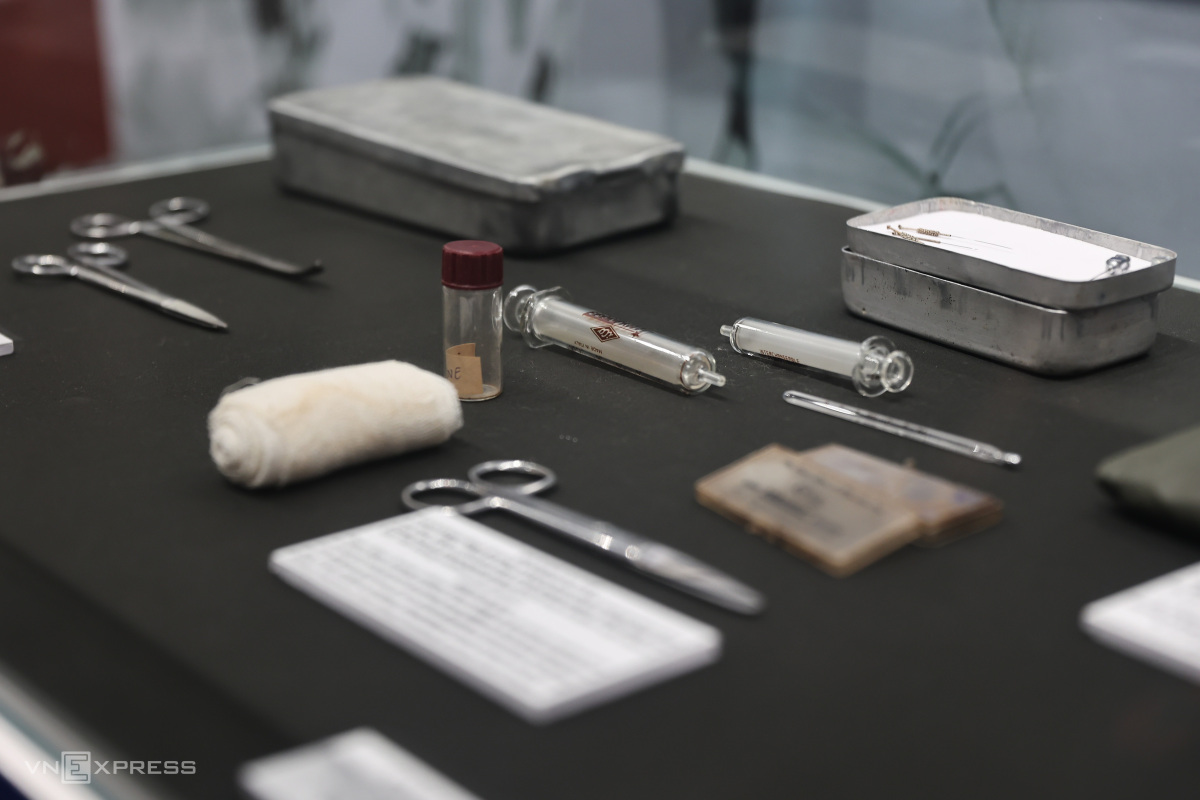
The medical items used by Doan Ngoc Suong during her tenure as a physician in the T2 troupe serve as a reminder of the sacrifices she made in her role.
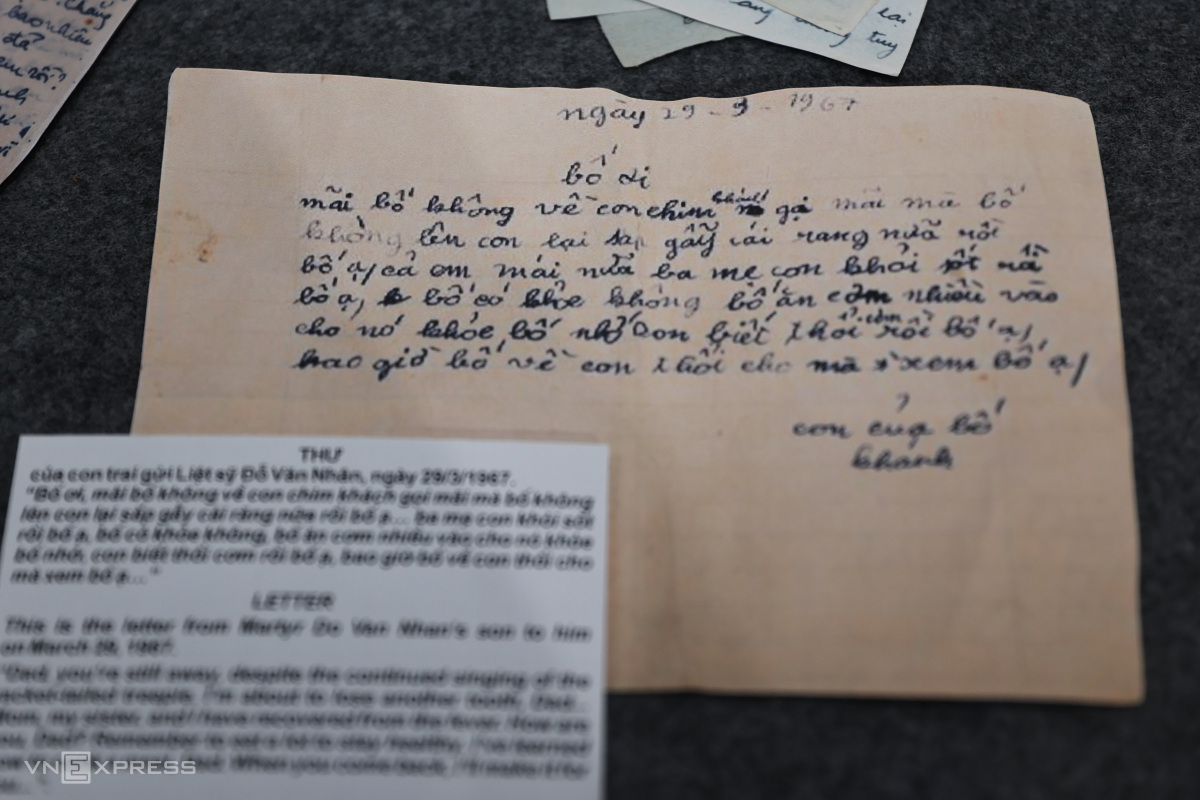
The exhibit also includes a poignant letter from the son of martyr Do Van Nhan, written on March 29, 1967. In it, the son shares his fears about his father's extended absence, updates him on family matters, and expressions of how much he eagerly awaits his father’s return home.

An embroidered scarf from intelligence officer Nguyen Van Thuong, imprisoned by the south's U.S.-backed regime on Phu Quoc Island in the 1970s, serves as a powerful testament to the resilience of the Vietnam People's Army despite the hardships endured. He was tortured and beaten by the enemy in an attempt to extract information.

A ring crafted from a coconut shell by Truong Thanh Danh during his detention at the reactionary former Saigon regime’s Chi Hoa Prison in 1965.

Huynh Van Kich's incense bowl, made from mortar shells gathered after an American raid on Vinh Loc Commune in what is now Ho Chi Minh City in 1967. The artifact holds deep emotional significance as he used it to burn incense in memory of his younger sister, martyr Huynh Thi Chau, who passed away as a casualty of war in 1968.

A plastic hat from an American soldier, collected and repurposed by locals from 1963 to 1968, stands alongside Le Thi Khuynh's cooking pot, which was used to cook rice for conscripted laborers returning from missions. Unfortunately, the group was attacked by an overpowering U.S. helicopter, resulting in the tragic loss of 32 soldiers.

The oil painting "Following Mother in Exile,” created by revolutionary artist Le Dieu at Con Dao Prison – the torture chamber in the eponymous archipelago made infamous by its “Tiger Cages” used to bind imprisoned revolutionaries in back-breaking positions for long periods of time – and the resistance painting "Forced Labor in Con Dao’s Timber Camp," both painted in 1968, were secretly moved to the mainland to preserve the memories of those imprisoned.

Truong Thi Chien, a female guerrilla who fought back a 1968 attack by American soldiers in Quang Nam Province, suffered serious wounds and injuries, including this piece of metal lodged in her lung. Her enduring pain and health struggles persisted during her imprisonment at Con Dao Prison. In 2005, surgery was conducted to remove the metal from Chien's chest.

The exhibit showcases a bullock cart used by Nguyen Van Dan to transport the bodies of his daughter and six other workers for burial. These civilians lost their lives during a battle on June 15, 1968, in Vinh Loc Commune on the outskirts of Saigon.
Established in 1975, the War Remnants Museum is dedicated to researching, collecting, and preserving evidence of the crimes and consequences of foreign invasions of Vietnam.
With over 20,000 documents, artifacts, and films, the museum was once ranked 61st among the 99 most attractive tourist destinations in the world by the travel storage solution app Stasher.
The War Remnants Museum is located at 28 Vo Van Tan Street, District 3. The museum welcomes visitors every day from 7:30 a.m. to 5:30 p.m. Admission costs VND40,000 ($1.65) per person.
By Quynh Tran / VnExpress International